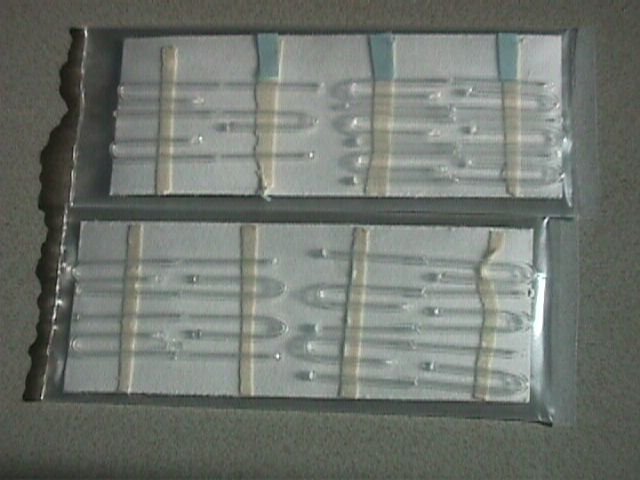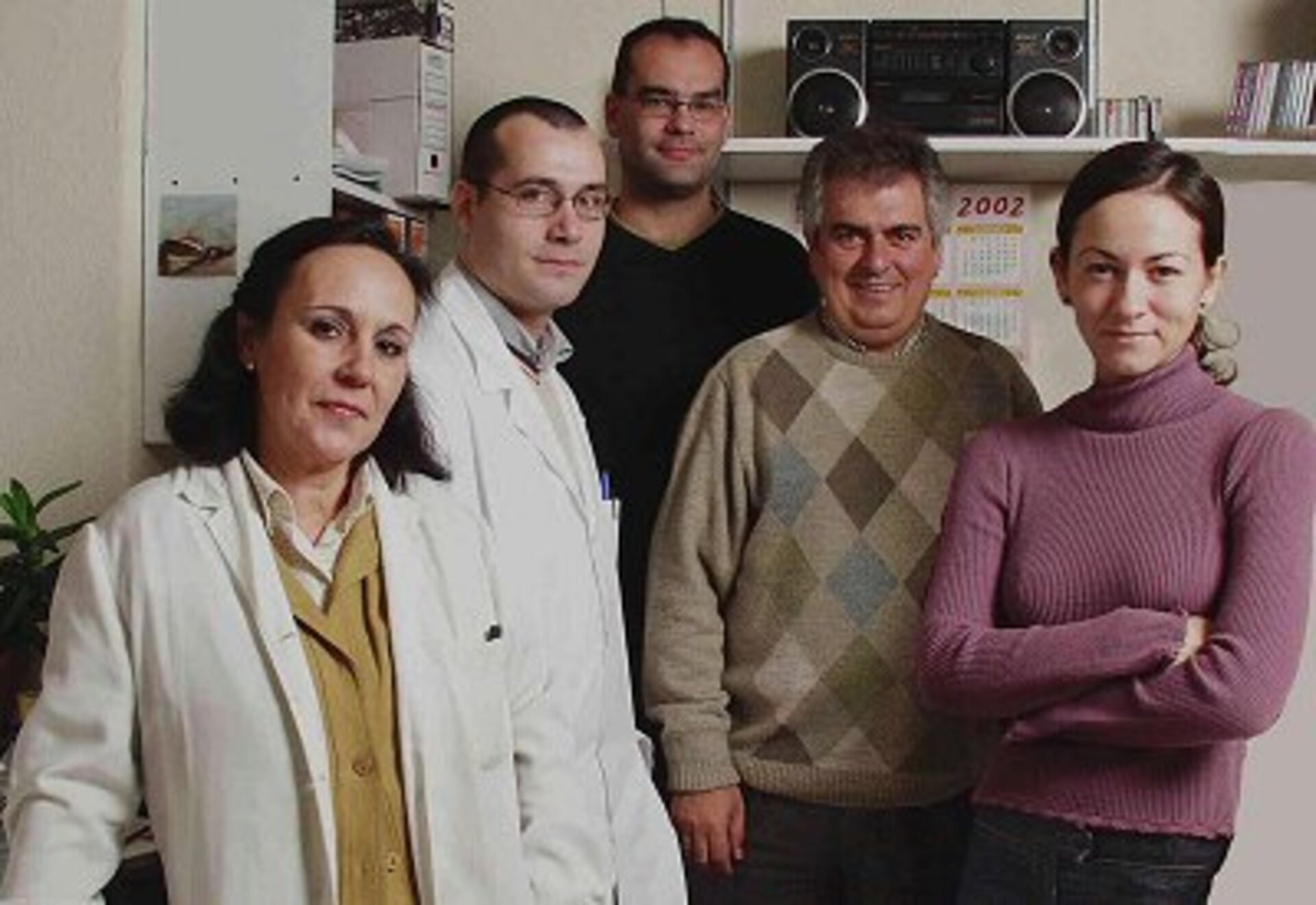"It will be a while before astronauts are self-sufficient, using seeds actually grown in space"
An interview with Francisco Javier Medina, expert in cellular biology of plants at the Biological Research Centre in Madrid, Spain, and head researcher for the ROOT experiment on the Cervantes Mission.
The day will come when astronauts will be able to cultivate their own vegetable garden in space. They will not depend so much on supplies from Earth and the door will be opened to trips of perhaps years. However, first they will have to really understand how the lack of gravity affects plants. This is what Francisco Javier Medina, 51 years old; expert in cellular biology of plants at the CSIC (Biological Research Centre) in Madrid, Spain intends to find out. His experiment on the Cervantes Mission is called ROOT. Although fitting into two small boxes of less than one centimetre each side, the contents are very valuable.
What do scientists know today about the growth of plants in space?
A: The phenomenon most studied is that of ‘gravitropisms’; in other words, the effect of gravity on the direction of growth. In space, the roots tend to grow erratically, rather than downwards as on Earth. It is clear that this is due to a lack of gravity. However, we do not know how this condition can alter the expression of the genes that control growth and the division of the root cells.
Is there evidence that the expression of the genes could be affected?
A: Yes, if we look at simple experiments done on Earth. Scientists placed some seeds on a Petri dish (a small laboratory plate) to germinate and, after a time, turned them upside down. When experts analysed the genes, they observed that hundreds of them are expressed in the plants that were turned upside down but not in the others, and vice versa.
Will your results be applied to the so-called ‘life support systems’ which seek out the self-sufficiency of plants and animals, including men, beyond our planet?
A: Both types of research will have to converge, but it is still early days. We have hardly begun to study cellular processes; while they are more interested in achieving biomass, in how to enhance growth, and creating closed systems in which what one species produces can be used by another. Both their work and ours are long-term.

When do you think that the crews of the ISS will be able to eat from their own vegetable garden?
A: Quite soon, if they cultivate seeds supplied from Earth; it is relatively simple to learn which fertilisers to use and a set of techniques. Nevertheless, it will take some time before the astronauts are self-sufficient using the seeds that the plants themselves have generated in space.
Are you sure that there would not be any danger in eating a plant whose genes are not expressed in a normal way, or at least, not like on Earth?
A: Well, this has to be studied. At first, surprisingly, it seems that, although some cellular activities important for the development of the embryo are altered, in the end the organism is normal. And this has been the case in both plants and animals.
How was your first experience of space research?
A: Very complicated! Very simple things, which on Earth you do not even think about or take for granted, are an obstacle up there.
How did that affect your experiment, ROOT?
A: In our experiment we must make seeds germinate in space. To do this, we place the seeds, around 120 in the whole experiment, on filter paper and alongside the paper there are 10 test tubes that contain the cultivation agent. All of this goes into a container connected to a small motor. When an astronaut activates the motor, it breaks the test tubes and the seeds come into contact with the cultivation agent making them germinate. Everything must be constructed in such a way that, when the test tubes break, the cultivation agent does not remain inside the test tube. Obviously on Earth we would turn the test tube, but in space we can’t do that. And another example is the treatment of potentially toxic substances. In addition to the test tubes with the cultivation agent, we have test tubes with a substance that must fix the roots once germinated. In other words, we stop their growth to allow us to analyse them later under a microscope. But this fixer is toxic, so everything has to be put in hermetic containers so that we do not endanger the safety of the astronaut at any time.
When will you have the results?
A: We still have six months of work in the laboratory, on Earth, after the return of the material from the ISS.
Nervous?
A: No, more like excited!




